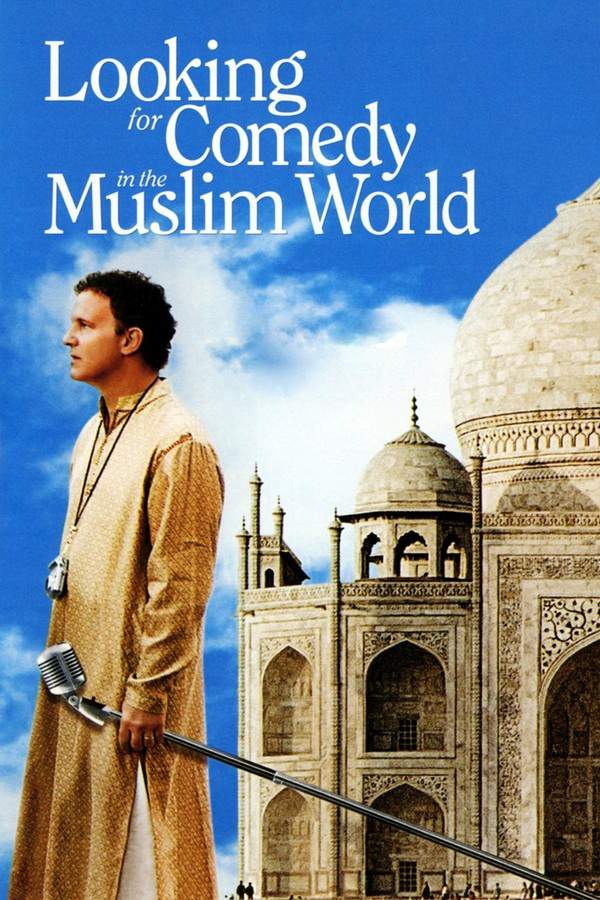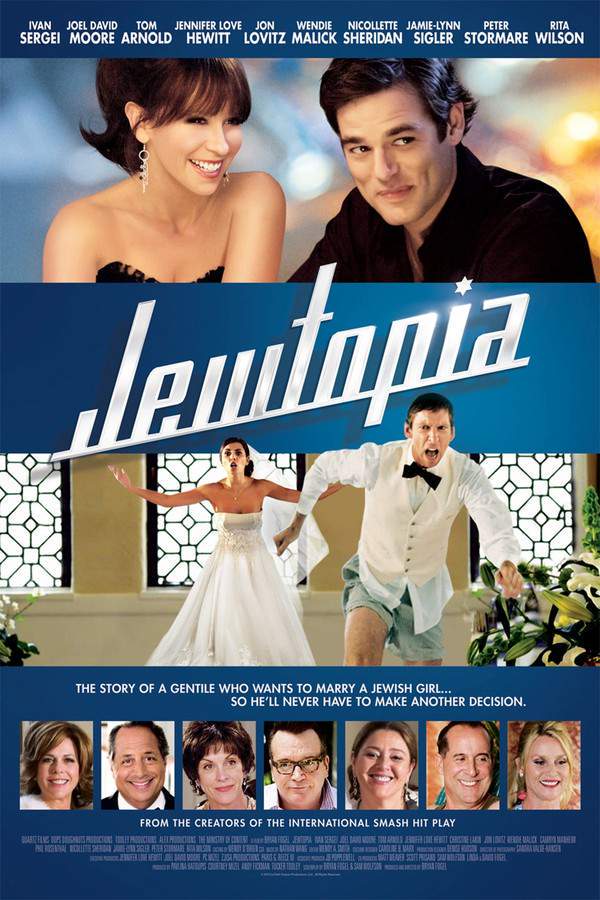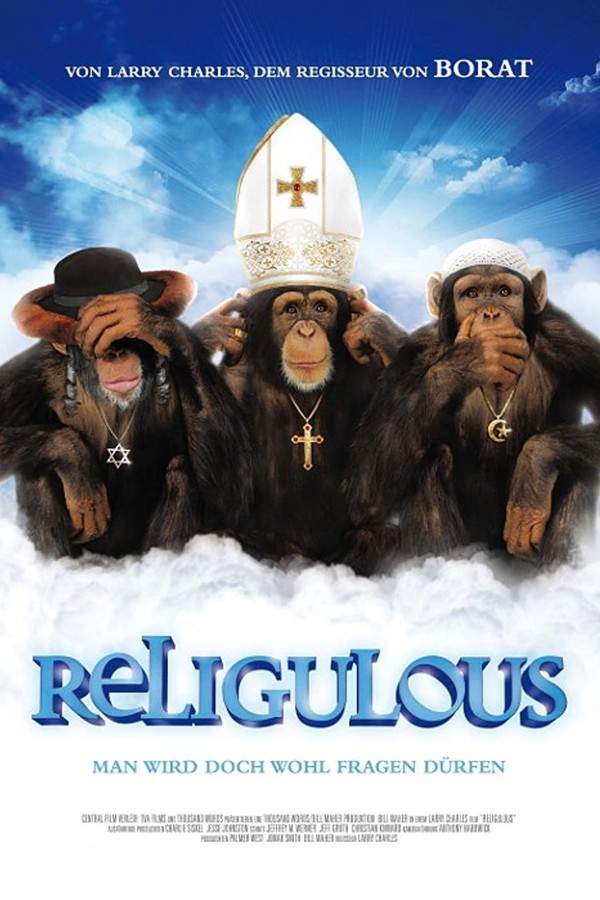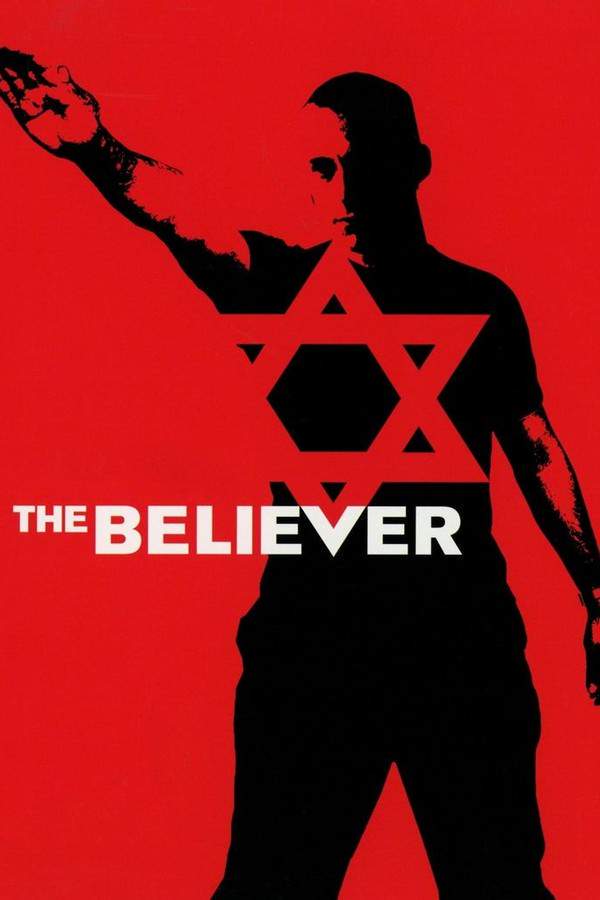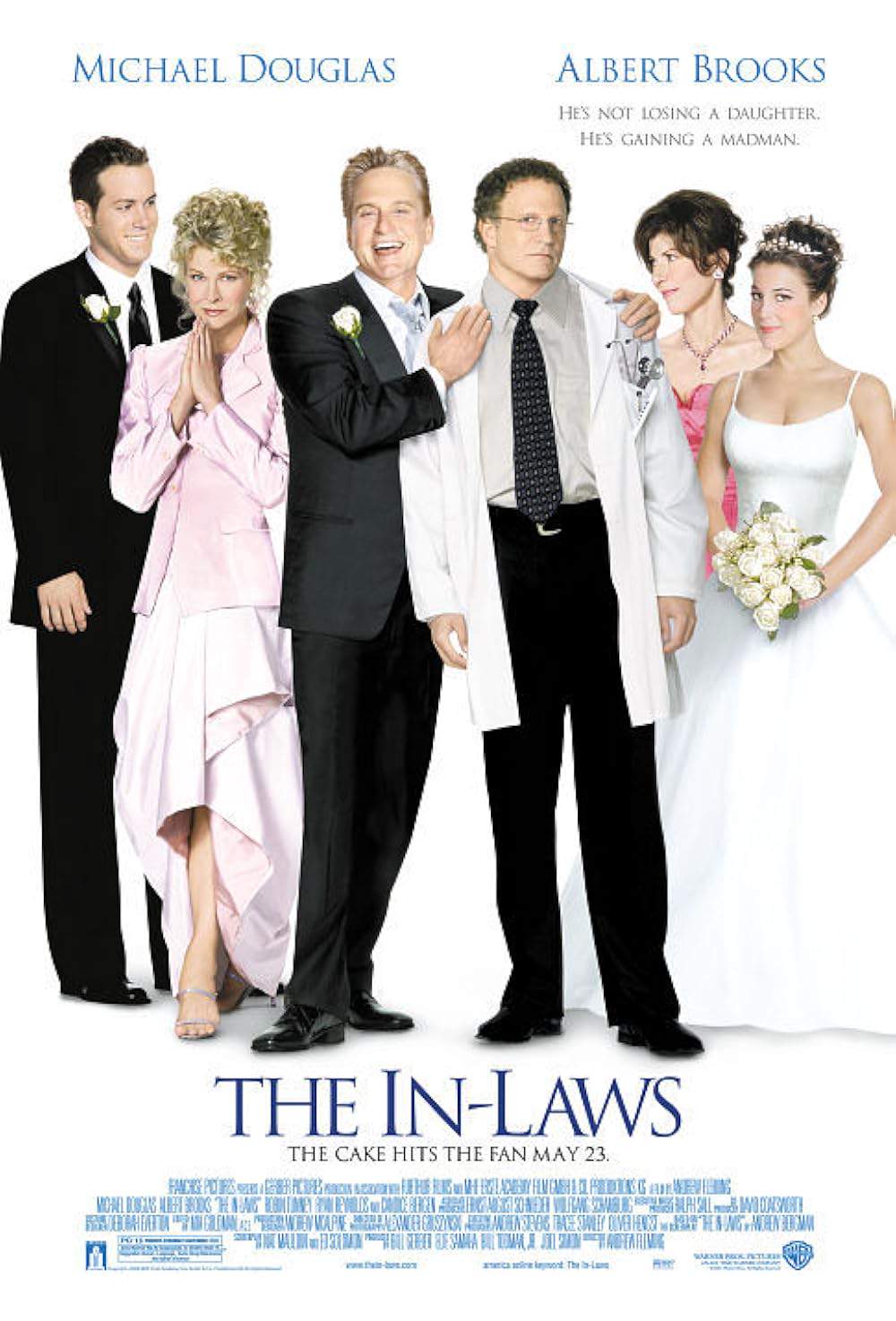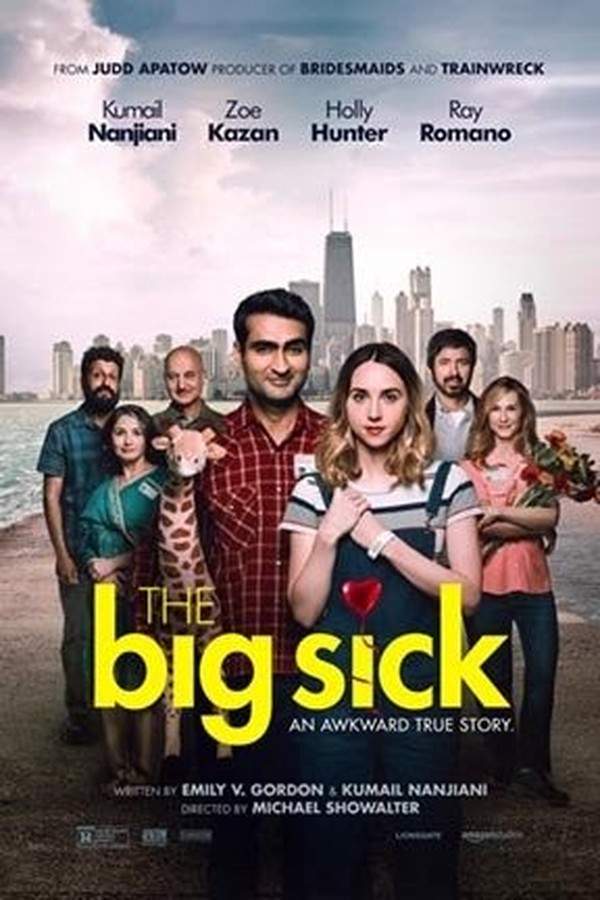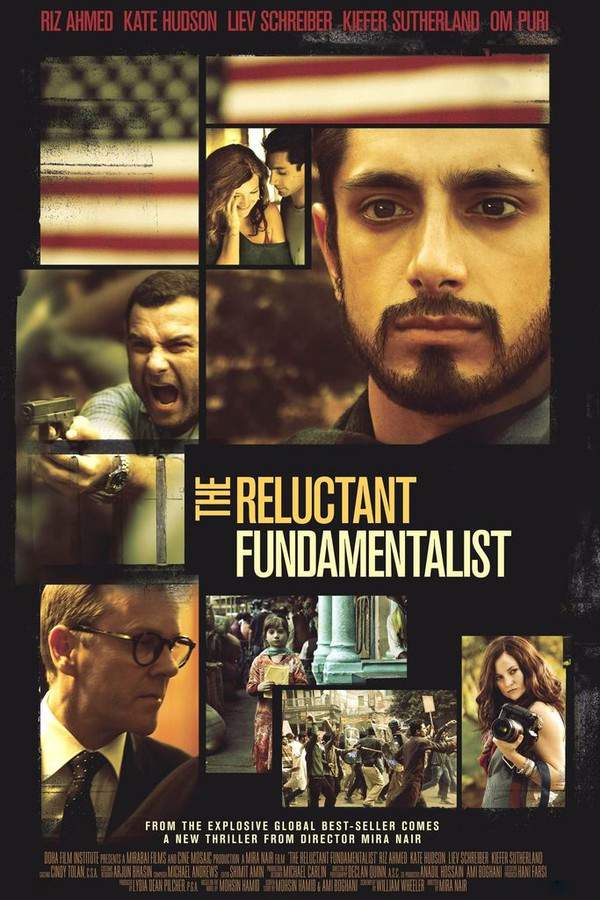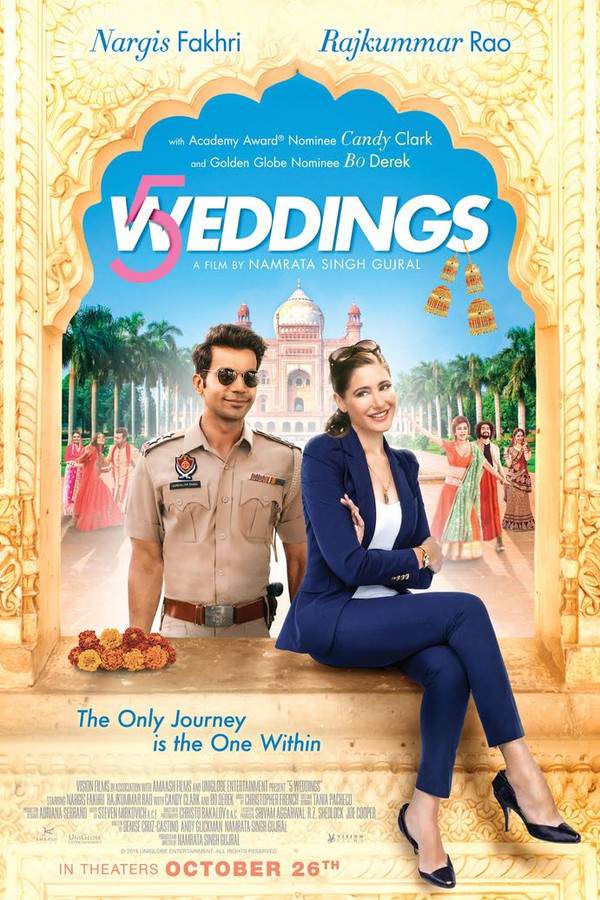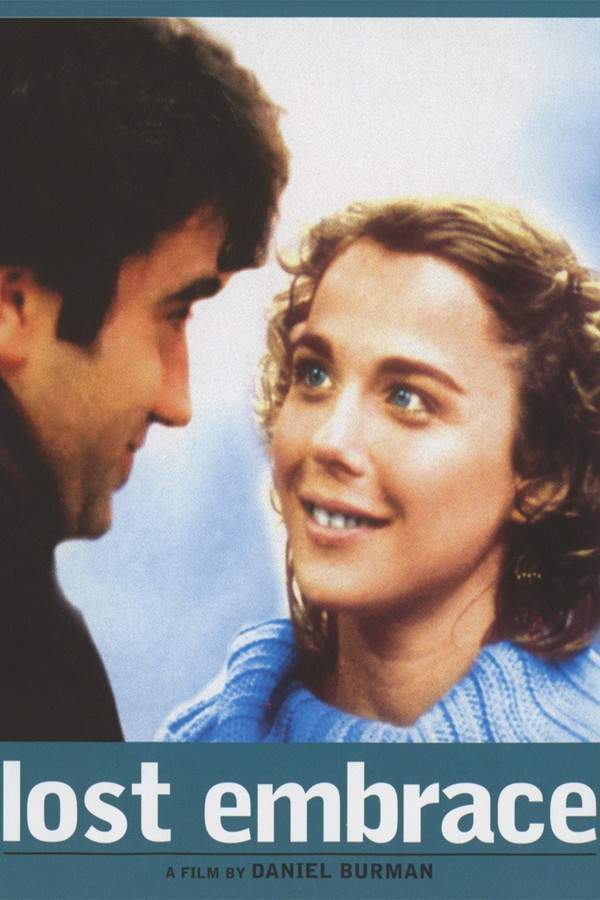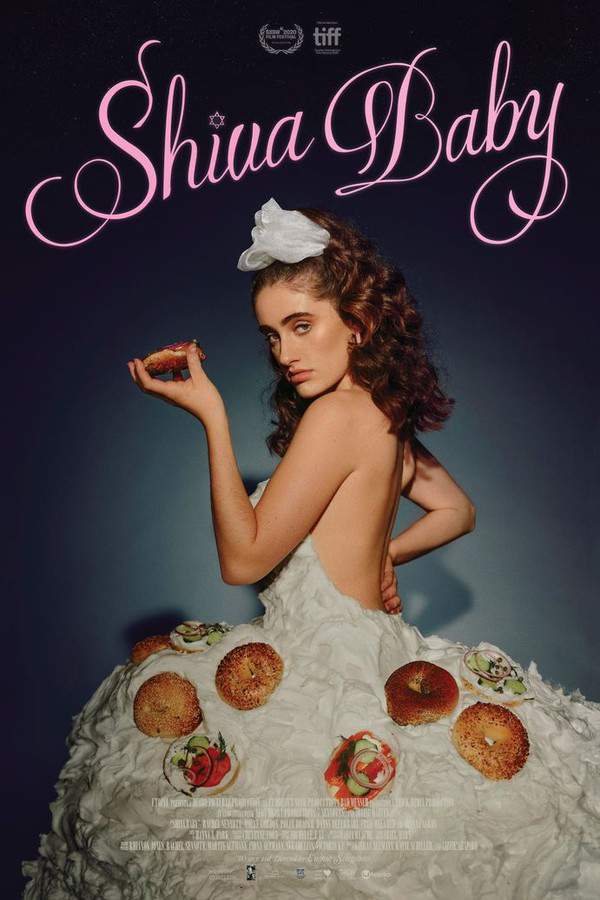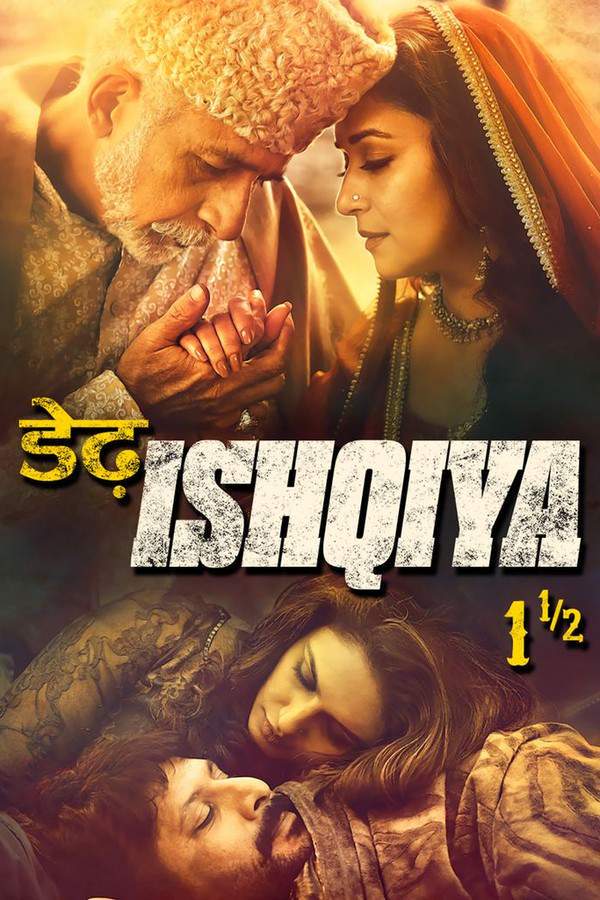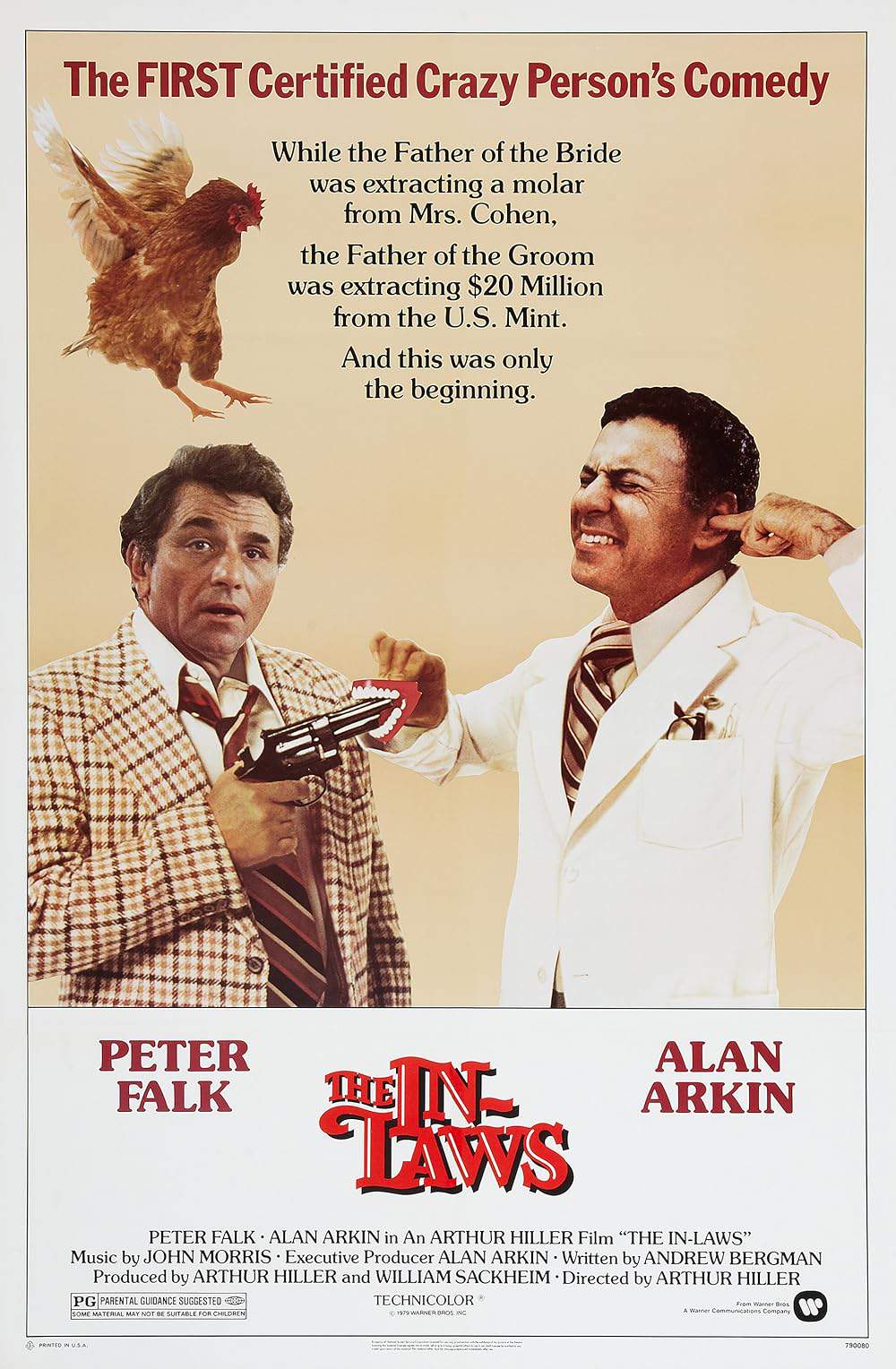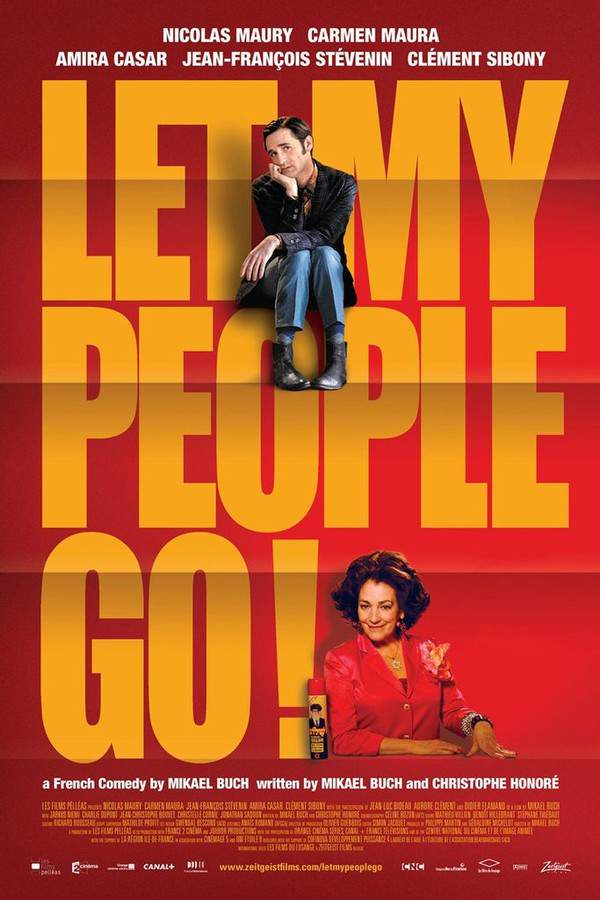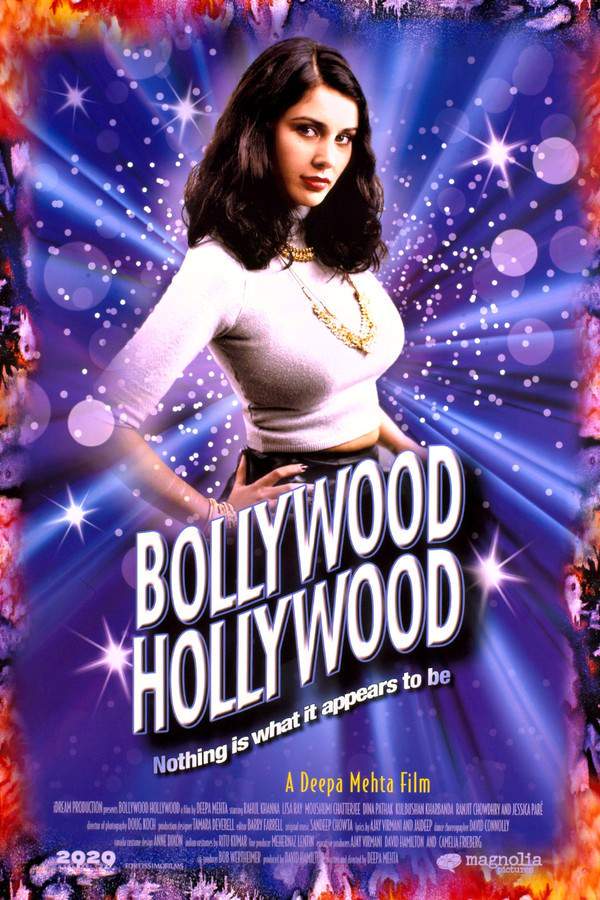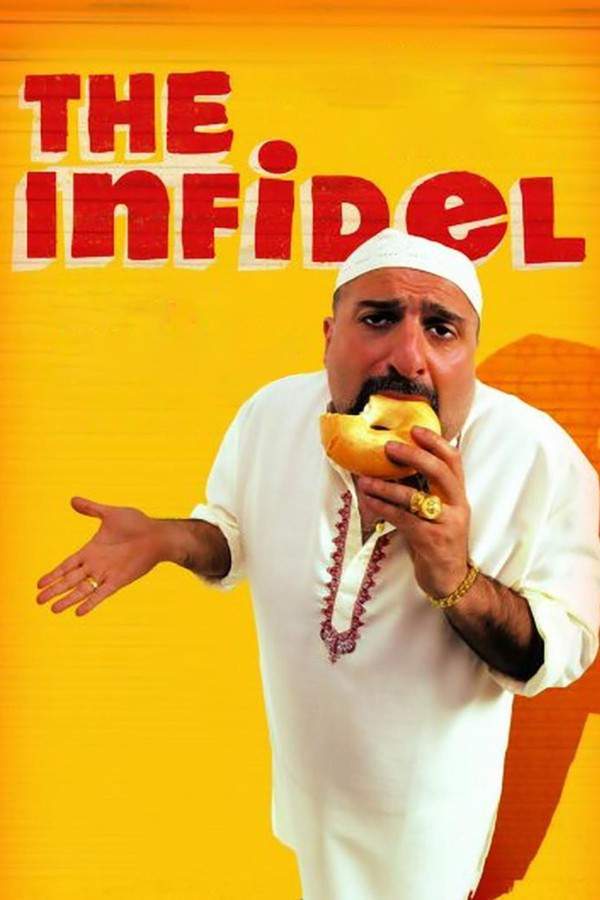
The Infidel
Year: 2010
Runtime: 105 min
Language: English
Director: Josh Appignanesi
Mahmud Nasir lives with his wife, Saamiya, and their two children in a London suburb. His son is planning to marry Uzma, the step-daughter of Arshad Al-Masri, a controversial figure known as a 'Hate Cleric' with roots in Waziristan, Pakistan. Although Mahmud isn’t a particularly devout Muslim, he agrees to appease Arshad to secure the marriage. However, while examining his recently deceased mother's papers, Mahmud makes a shocking discovery: he was adopted and his birth name is Solly Shimshillewitz, revealing a previously unknown Jewish heritage.
Warning: spoilers below!
Haven’t seen The Infidel yet? This summary contains major spoilers. Bookmark the page, watch the movie, and come back for the full breakdown. If you're ready, scroll on and relive the story!
The Infidel (2010) – Full Plot Summary & Ending Explained
Read the complete plot breakdown of The Infidel (2010), including all key story events, major twists, and the ending explained in detail. Discover what really happened—and what it all means.
Mahmud Nasir is a husband, father, and a British Muslim who enjoys rock music and the occasional drink, living with a sense of ordinary restraint until a web of secrets and loyalties tests everything he believes about himself. When his son Rashid plans to marry his fiancée Uzma, the couple seeks the blessing of Uzma’s devout Muslim stepfather, Arshad Al-Masri. Mahmud agrees to play the part of a deeply devout Muslim for the sake of the family’s happiness, even as he harbors suspicions about Arshad’s rumored links to extremism. The arrangement pulls Mahmud into a tension-filled balance between appearances and honesty, a balance he hopes to maintain even as his life begins to tilt.
In the quiet hours of cleaning out his recently deceased mother’s house, Mahmud uncovers an adoption certificate that reveals an astonishing truth: he was adopted when he was two weeks old. His birth name is Solomon “Solly” Shimshillewitz, and his biological parents were Jewish. This revelation unsettles him, exposing a latent anti-Semitic streak that surfaces in his uneasy interactions with his American Jewish neighbor, Leonard “Lenny” Goldberg. A heated argument with Lenny becomes a turning point, as Mahmud inadvertently exposes his ethnicity and his real name, and Lenny mentions a local man named Isaac “Izzy” Shimshillewitz who could be Mahmud’s biological father.
Driven by curiosity and a need for belonging, Mahmud traces Izzy to a Jewish old age home. A rabbi there refuses him entry, arguing that it would be too shocking for Izzy to see his son, a Muslim, and advising Mahmud to learn to act more like a Jew if he truly wants to meet his father before he dies. Lenny steps in, offering to teach Mahmud what he knows about being Jewish—from dancing in the style of Topol to picking up basic Yiddish. But the frequent trips to Lenny’s home begin to raise suspicions among Mahmud’s family, especially after a kippah is spotted at a Free Palestine rally. In a moment of despair and desperation, Mahmud publicly burns the kippah, signaling a dramatic act of resistance against Zionism in the eyes of his community.
Mahmud and Lenny continue to press their luck, attending a Bar Mitzvah where, in broken Yiddish, Mahmud ends up telling a very crude joke to a room full of attendees. The crowd’s laughter suggests a less hostile reception than he anticipated, yet the rabbi still refuses him entry into Izzy’s world when Mahmud cannot recite the Sh’ma or name the Five Books of Moses in Hebrew. A growing rift comes into view: Mahmud’s desire to fit into both identities collides with the rigid expectations of the communities around him.
Tension erupts at home when Mahmud’s attempts to maintain a double life come under scrutiny. After a bitter argument with Lenny, Mahmud storms back to his family, only to find Arshad and Uzma and their friends gathered, apparently impressed by Mahmud’s displayed religiosity after seeing him burn the kippah on television. The scene escalates when police, the media, and a crowd of angry Jews and supportive Muslims arrive to arrest Mahmud for burning the kippah. In a moment of public honesty, he proclaims that he is Jewish, attempting to exonerate himself in front of everyone. The revelation shocks Arshad, who leaves with Uzma and his entourage in tow.
The fallout is severe. Mahmud’s family distance themselves, a colleague resigns from his job, and he sinks into despair and drinking. He is eventually rescued by Lenny, who saw the news coverage and reaches out. Mahmud returns to the old age home, determined to see Izzy, only to learn Izzy has already passed away. Inside Izzy’s room, Mahmud finds a video recording of his own announcement — a message sent by Lenny to Izzy — and a single sticker bearing the name “Solly.” It is a small, potent symbol that Izzy never forgot his long-lost son.
Armed with a newfound resolve, Mahmud reappears at Arshad’s next rally and speaks on behalf of himself, Jewish citizens, and Muslims alike. In a startling revelation, he also discloses another discovery: Arshad is actually Gary Page, the once-famous figure who staged his own death after a racist onstage tirade, only to reemerge later with a completely new identity as a devout Muslim cleric. Arshad flees the scene, dressed in his old Gary Page clothes. In the aftermath, Rashid and Uzma are married in a ceremony that unites both Muslim and Jewish communities, underscoring a theme of shared humanity. Lenny finds new work with a taxi firm that is primarily run by Muslims, symbolizing a bridge between communities that once seemed irreconcilable.
Throughout this journey, the film maintains a careful, thoughtful tone that explores how identity can be constructed, contested, and ultimately reconciled. It delves into the fragile lines between faith, heritage, and personal truth, showing how the pressure to perform belonging can push people toward deception, yet how moments of vulnerability and courage can forge unexpected connections. The final image leaves us with a sense of cautious hope: even after missteps and revelations, people can come together to honor memory, celebrate unity, and move forward with a broader sense of community.
Last Updated: October 09, 2025 at 15:40
Unlock the Full Story of The Infidel
Don't stop at just watching — explore The Infidel in full detail. From the complete plot summary and scene-by-scene timeline to character breakdowns, thematic analysis, and a deep dive into the ending — every page helps you truly understand what The Infidel is all about. Plus, discover what's next after the movie.
The Infidel Timeline
Track the full timeline of The Infidel with every major event arranged chronologically. Perfect for decoding non-linear storytelling, flashbacks, or parallel narratives with a clear scene-by-scene breakdown.

Characters, Settings & Themes in The Infidel
Discover the characters, locations, and core themes that shape The Infidel. Get insights into symbolic elements, setting significance, and deeper narrative meaning — ideal for thematic analysis and movie breakdowns.

Similar Movies to The Infidel
Discover movies like The Infidel that share similar genres, themes, and storytelling elements. Whether you’re drawn to the atmosphere, character arcs, or plot structure, these curated recommendations will help you explore more films you’ll love.
Explore More About Movie The Infidel
The Infidel (2010) Scene-by-Scene Movie Timeline
The Infidel (2010) Movie Characters, Themes & Settings
The Infidel (2010) Spoiler-Free Summary & Key Flow
Movies Like The Infidel – Similar Titles You’ll Enjoy
Looking for Comedy in the Muslim World (2006) Film Overview & Timeline
Jewtopia (2013) Plot Summary & Ending Explained
Religulous (2008) Plot Summary & Ending Explained
The Believer (2002) Detailed Story Recap
The In-Laws (2003) Film Overview & Timeline
The Big Sick (2017) Detailed Story Recap
The Reluctant Fundamentalist (2013) Detailed Story Recap
5 Weddings (2018) Plot Summary & Ending Explained
Lost Embrace (2005) Story Summary & Characters
Shiva Baby (2021) Detailed Story Recap
Dedh Ishqiya (2014) Film Overview & Timeline
The Wedding Plan (2017) Full Movie Breakdown
The In-Laws (1979) Plot Summary & Ending Explained
Let My People Go! (2013) Film Overview & Timeline
Bollywood/Hollywood (2003) Full Summary & Key Details



